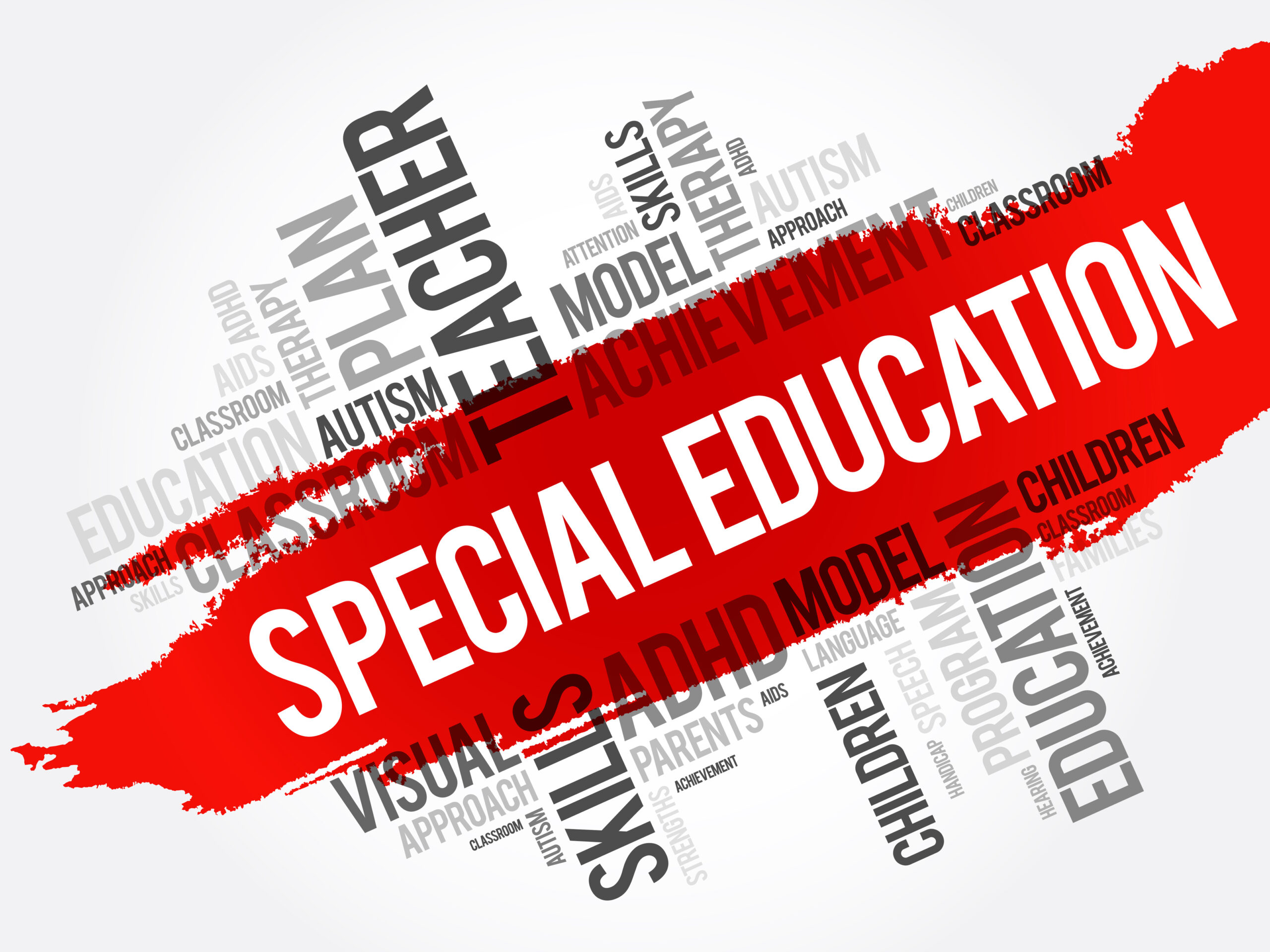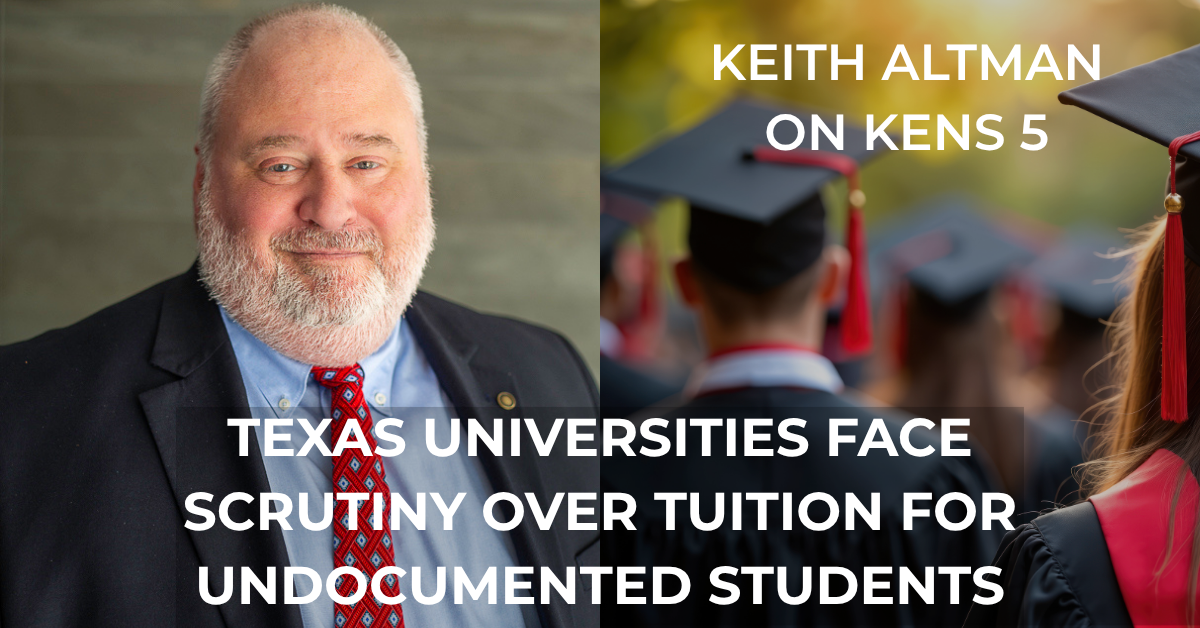A teacher struggling to keep the classroom calm and also ensuring all students feel supported is crucial. In case there’s a student with a disability, the social challenges take the next step. In such a situation, the Positive Behavioral Interventions and Supports (PBIS) framework is helpful. Its proactive strategies offer a safe inclusive space addressing needs of all students, especially the ones with any disability.
It acts as a road map that helps teachers and students navigate the school day with a focus on progress, consistent support, and clear expectations. It can significantly impact how students with disabilities learn and feel included in the classroom, regardless of whether you are a teacher, parent, or school administrator.
We’ll explore how PBIS can be applied to children with disabilities, along with the tactics that make it effective and actual instances of how it improves the educational experience.
Why PBIS is Crucial for Students with Disabilities
Schools are required to offer a free and adequate public education (FAPE) in the least restrictive setting under the Individuals with Disabilities Education Act (IDEA). By encouraging inclusivity and minimizing disciplinary actions that disproportionately impact children with disabilities, PBIS supports this objective.
Social isolation, stigma, and behavioral misconceptions are some of the challenges that students with disabilities frequently encounter. By removing pupils from educational settings, traditional disciplinary measures like suspensions can make these issues worse.
Research-proven benefits of PBIs shows:
- Better SEB Outcomes: By encouraging self-regulation and improved peer relationships, PBIS assists kids in acquiring important social and emotional skills.
- Decrease in Exclusionary Discipline: Schools that use PBIS report lower rates of expulsions and suspensions, which guarantees that kids continue to participate in their education.
- Higher Levels of Prosocial Behavior: PBIS promotes prosocial behaviors including compassion, cooperation, and respect by placing a strong emphasis on positive reinforcement.
The Three-Tiered PBIS Framework for Students with Disabilities
The three-tiered framework that underpins PBIS was created to accommodate pupils’ diverse requirements. This framework ensures equal access to school and achievement opportunities for students with disabilities by providing adaptable support systems that address both general requirements and unique problems.
Tier 1: Universal Supports
With modifications to guarantee inclusion for students with impairments, Tier 1 strategies are fundamental methods intended to assist all students.
Inclusive Strategy: Explicit teaching of SEB skills, such conflict resolution or emotion management, is one example of an inclusive strategy. These classes could need more practice time, visual aids, or simpler language for students with disabilities. Ensuring that everyone has access to fundamental skills is the aim.
Classroom Routines and Positive Acknowledgments: Regular routines help students feel less anxious and more secure. A daily visual schedule, for instance, might facilitate transitions by assisting kids in anticipating what will happen next. A welcome atmosphere is reinforced by consistent praise for good behavior, such as recognizing involvement in group activities.
Common Examples: Visual schedules, group discussions about class rules, and reward systems like “star charts” promote engagement and clarity in expectations.
Tier 2: Targeted Supports
Tier 2 techniques are frequently used in small groups offering extra assistance to students who require it.
Aligning with IEP Services: The objectives of Individualized Education Programs (IEPs) are frequently enhanced by Tier 2 support. A student who is working on social skills improvement through their IEP, for example, might also take part in a small group that aims to practice these abilities in authentic situations.
Differentiation strategies: These can take the form of organized mentoring programs, counseling check-ins, or focused instruction on topics like conflict resolution or anger management. A “lunch bunch” group, for instance, can offer chances for social interaction in a relaxed setting.
Other examples: This includes peer-led role-playing activities for handling interpersonal problems or small-group training on emotional regulation.
Tier 3: Intensive Supports
Students that need highly customized therapies are served by Tier 3.
Behavior Support Plans (BSPs) and Functional Behavioral Assessments (FBAs): FBAs look at patterns and triggers to determine the underlying reasons of problematic behaviors. For instance, the FBA may show that a student’s persistent misbehavior in math class is caused by a lack of comprehension of the subject. The BSP would then go over tactics like segmenting work into manageable chunks or offering more assistance.
Wraparound Approaches: It fully addresses complex needs, entails cooperation between educators, families, and community resources. A student who exhibits severe behavioral issues, for example, can profit from coordinated care that consists of family counseling, school-based interventions, and therapy.
Common Examples: One-on-one coaching, specially made sensory aids, or different learning settings intended to lessen overstimulation and improve focus are a few examples of Tier 3 interventions.
Implementing PBIS for Students with Disabilities
A proactive strategy for creating a good learning environment is the implementation of good Behavioral Interventions and Supports (PBIS) for students with disabilities. PBIS helps guarantee that students with disabilities receive the assistance they require to succeed academically and socially by emphasizing instruction and rewarding positive behavior.
Universal Classroom Practices
Establishing a structured environment where all students, particularly those with disabilities, feel safe and know what is expected of them requires teaching regular routines and expectations. Accessibility and engagement are supported by well-designed classrooms, which include well-organized seating, sensory-friendly equipment, and unambiguous visual aids. Everyone stays engaged and on course when there is active monitoring and a variety of participation options for the pupils.
Differentiating PBIS Practices
PBIS is more effective when it is customized to meet the needs of each individual student. For instance, a peer with ADHD might need activity breaks, but a student with autism can benefit from visual social storytelling. Differentiated approaches, like tailored reward programs or focused SEB skill-building exercises, guarantee that every student gets assistance that is pertinent to their particular difficulties.
Proactive Behavioral Strategies
Finding triggers and altering the surroundings to lessen stressors are the first steps in preventing troublesome behaviors. While prompts and reinforcements, such as visual cues and praise, encourage adherence to objectives, engaging kids in activities that align with their interests fosters good behavior. These proactive steps contribute to the development of a constructive, encouraging school environment.
Responding to Student Behavior
Effectively handling student conduct is essential to preserving a supportive and fruitful learning environment. Teachers are essential in helping kids make better decisions, whether it involves dealing with difficult behaviors or rewarding good behavior. Teachers can encourage self-regulation and assist students in acquiring the abilities necessary for both academic and social success by employing consistent, equitable, and constructive teaching methods.
Acknowledging Appropriate Behavior
Positive behavior must be acknowledged and reinforced in order to be encouraged to recur. “Great job waiting your turn!” is an example of specific, meaningful praise that helps kids comprehend exactly what they did successfully. Systems of positive reinforcement, such as token economies in which students receive points for excellent behavior, boost motivation and give them a feeling of achievement.
Correcting Behavioral Errors
It’s important to handle behavioral faults with composure and respect. The goal of corrections should be education, not punishment. Saying “Let’s try that again using kind words,” for instance, keeps the conversation positive and improvement-focused. When corrections are combined with reteaching of the desired behavior, pupils are guaranteed to comprehend and be able to practice the expectations, which promotes long-lasting behavioral change.
Ensuring Positive-to-Corrective Feedback Ratios
Building trust and involvement requires striking a balance between constructive criticism and encouraging comments, particularly for students with disabilities. A ratio of four to five good interactions for each corrective one is advised by experts. Students feel appreciated and supported in this supportive environment, which increases their motivation to participate and get better.
PBIS Resources for Educators and Families
In order to effectively support students with disabilities through PBIS, educators and families must work together and have access to trustworthy resources. All parties involved may establish reliable, productive settings at home and at school with the help of these resources and techniques.
Resources for Educators
Teachers are essential to the successful implementation of PBIS. Their capacity to establish welcoming and encouraging learning environments can be improved by having access to top-notch resources:
Research Findings and Evaluation Briefs:
It offers evidence-based perspectives on the efficacy of PBIS. Teachers can modify best practices for their classrooms by examining statistics and case studies.
Useful Resources for PBIS Implementation in Classrooms:
Teachers of all skill levels may easily understand and implement PBIS practices with the use of resources like lesson plans, visual aids, and step-by-step guides.
Training Programs and Opportunities for Professional Development:
Workshops and certification courses give teachers the cutting-edge abilities they need to adapt PBIS strategies to a range of student requirements. Peer collaboration, feedback sessions, and role-playing scenarios are frequently incorporated into these programs.
Resources for Families
To reinforce PBIS principles outside of the classroom, families play a crucial role. Parents and guardians can support their children’s development and wellbeing by using these resources:
Home-Based Behavior Plans:
These plans create consistency across environments by adapting PBIS techniques for use at home. To encourage positive conduct, parents can, for instance, establish explicit routines or token systems.
Recommendations for Working with Schools to Address Behavioral Issues:
Effective collaboration between educators and families to address behavioral issues is ensured by open communication between instructors and school personnel. This collaboration can be strengthened and practical answers can be offered through resources like school counseling sessions or family workshops.
Conclusion
More than just a framework, PBIS is a dedication to establishing fair and inclusive learning environments where all students can thrive. PBIS fosters strong connections and lifelong skills while addressing the special needs of kids with disabilities. Teachers and families can significantly influence children’ social, emotional, and behavioral development by utilizing evidence-based approaches.
Do you require professional assistance negotiating educational rights and frameworks such as PBIS? K Altman Law can assist you. Assuring that students with disabilities receive the support they are entitled to is our team’s area of expertise. Get in touch with us right now to find out how we can support your child’s academic endeavors.




